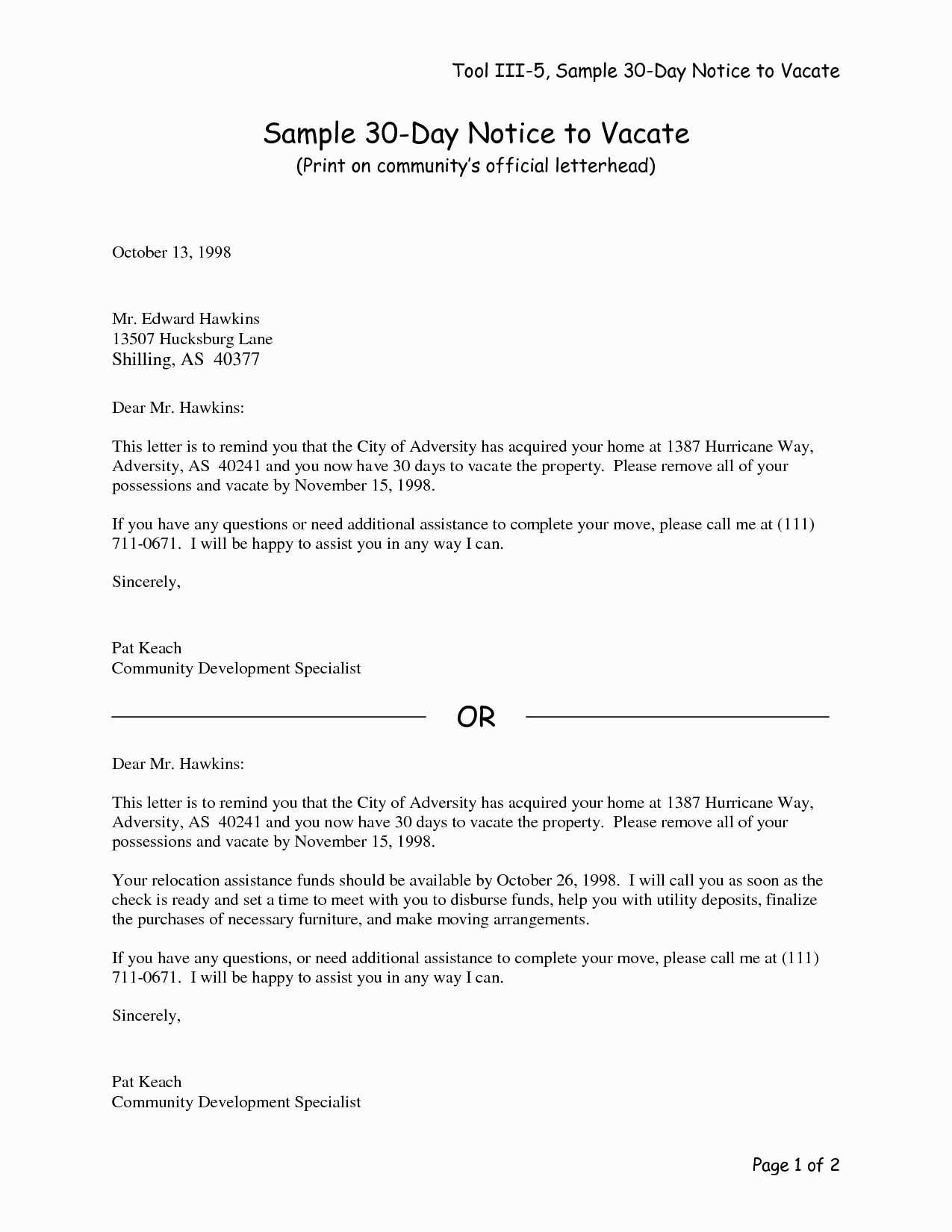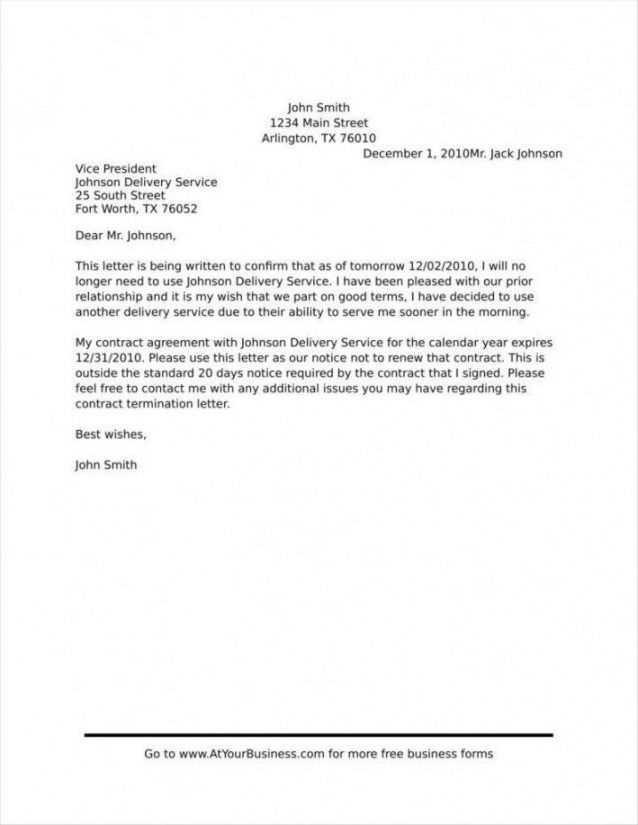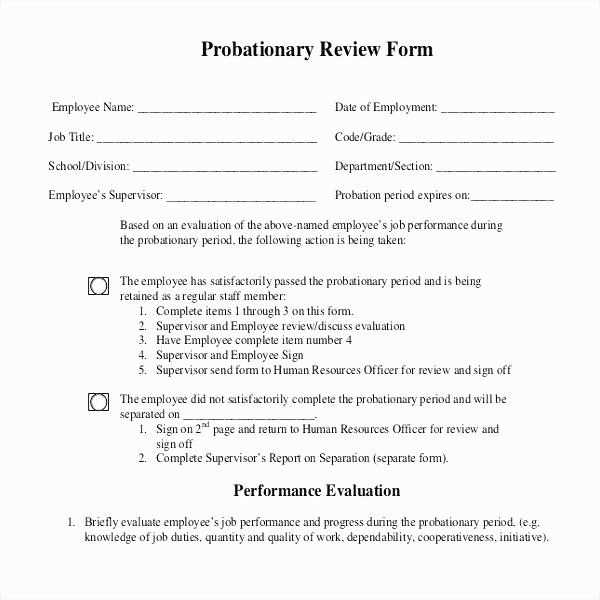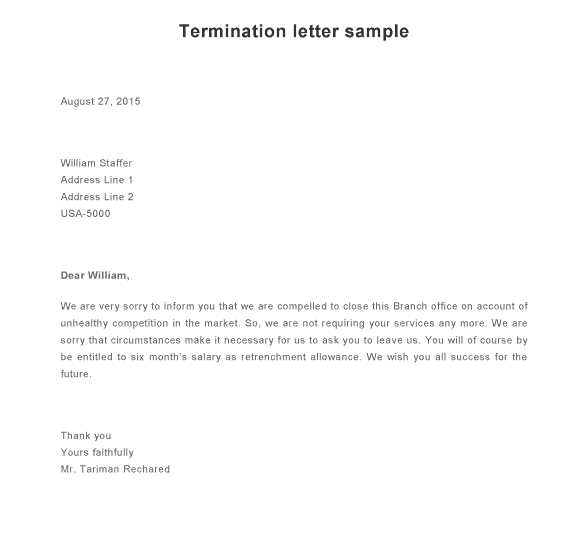90 Day Trial Period Termination Letter Template

When concluding a probationary arrangement, it is important to communicate the decision clearly and professionally. A formal document is often necessary to ensure the end of the arrangement is well-understood by all parties involved. This article will guide you through creating such a communication, focusing on the key elements and best practices for crafting an effective message.
Key Elements to Include in the Communication
To ensure the message is complete and professional, make sure to include the following components:
- Clear Reasoning: Explain the main factors behind the decision, whether it’s related to performance, fit, or other criteria.
- Respectful Tone: Maintain a courteous and respectful tone, showing appreciation for the individual’s efforts.
- Final Confirmation: Reaffirm that the probationary arrangement is concluded and specify the next steps, if any.
Common Pitfalls to Avoid
While drafting the conclusion, avoid the following errors:
- Vague Language: Be specific and direct to avoid misunderstandings.
- Negative or Blunt Statements: Frame your message carefully to prevent it from seeming overly critical.
- Inadequate Details: Provide enough context for clarity but avoid unnecessary complexity.
When to Issue the Conclusion Communication

The appropriate timing of this notice is essential. Ensure that the individual has had adequate time to demonstrate their abilities. A decision should not be rushed, and you should provide reasonable notice before officially concluding the arrangement. It is also advisable to schedule a face-to-face or virtual meeting for a more personal touch, followed by the written confirmation.
How to Maintain Professionalism in Your Message
Maintaining professionalism is key. Even though the communication signals the end of an arrangement, it should not reflect negatively on the individual involved. Use polite language, focus on factual reasons, and offer thanks for their time and effort. A respectful tone helps preserve a positive relationship moving forward.
Practical Examples for Crafting Your Message
For those unsure about wording, here are some phrases to guide your message:
- “We have decided to move in a different direction…”
- “While we appreciate your efforts during the probationary phase, we believe the fit is not ideal…”
- “Thank you for your contributions. Unfortunately, we will not be extending the arrangement beyond this point…”
Legal Considerations for Ending the Arrangement
Be aware of any legal obligations when concluding an agreement. Ensure that you are in compliance with any contractual terms, and consult legal advice if necessary to avoid potential issues related to wrongful termination or other claims. A clear understanding of the legal framework will help protect both parties.
How to Draft a Conclusion Document and Key Considerations

When ending a probationary arrangement, it’s crucial to communicate your decision in a formal, clear, and respectful manner. A well-crafted document ensures all parties understand the outcome, and that the process remains professional. This section outlines the important elements to include in such a message, along with common mistakes to avoid and tips on how to maintain professionalism throughout the process.
Essential Elements of a Conclusion Notice

A clear and concise communication should contain several key components to be effective:
- Reason for Conclusion: Clearly explain the basis for ending the arrangement, whether it’s due to performance, role suitability, or other factors.
- Confirmation of End: Ensure the message specifies that the probationary arrangement is officially concluded.
- Next Steps: Provide any relevant details about the transition or follow-up actions that need to be taken.
Common Errors to Avoid

When drafting the message, avoid the following common mistakes:
- Unclear Wording: Ensure the language is direct but not harsh. Avoid vague terms that can confuse the recipient.
- Disrespectful Tone: Even though the arrangement is ending, the tone should remain professional and considerate, avoiding negative or overly blunt statements.
- Missing Key Information: A message lacking essential details, such as the reason for the decision or next steps, can leave the recipient confused or uncertain.
Maintaining Professionalism Throughout the Process

It’s important to remain respectful and professional throughout the communication. Even though the arrangement may not have worked out, acknowledge the individual’s efforts and contributions. Use polite language and offer a cordial closing to ensure that the relationship remains on good terms. A professional tone helps maintain a positive environment for both parties involved.